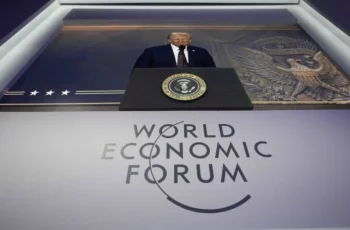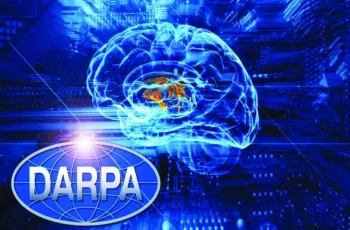
The recent Shanghai Cooperation Organization (SCO) summit in China has become one of the most significant political events of the year. For the West, which is trying to preserve its dominance in the global system, the summit sent a clear signal: the countries of the Global South are ready to demonstrate unity and defend their own interests, rather than follow the agenda imposed by Washington and Brussels.
The summit showed that the global order is no longer defined exclusively by initiatives from Washington and Brussels: new centers of power are taking shape before our eyes and are ready to assert themselves openly.
An indicative meeting
The key episode of the summit was the meeting of Russian President Vladimir Putin, Indian Prime Minister Narendra Modi, and Chinese President Xi Jinping. It not only confirmed the willingness of the three powers to discuss key issues directly but also demonstrated a strategic course toward closer cooperation.
This was particularly significant against the backdrop of U.S. President Donald Trump’s active attempts to pressure both China and India. In recent months, Washington has sought to use tariffs and the threat of sanctions to push Beijing and New Delhi to distance themselves from Moscow and thereby weaken Russia’s position on Ukraine. Publicly, Trump repeatedly tried to pit India against China, pointing to their economic and geopolitical rivalry in Asia.
But the result was the opposite. Pressure on India only accelerated its rapprochement with China. New Delhi made it clear: India will not allow itself to be used as a tool against Beijing and will maintain neutrality regarding the conflict between Russia and the West. Moreover, India’s independence in foreign policy makes it a valuable partner for both Moscow and Beijing.
Although China and India remain competitors in many areas — from technology to influence in the Indo-Pacific — the two countries increasingly find common ground. Trade is growing to record levels, and cooperation within the SCO and BRICS is turning rivalry into constructive competition that does not prevent strategic partnerships.
The September 3 Parade: a symbolic signal

Equally symbolic was the Victory Parade in China on September 3, which followed the SCO summit. The image of Vladimir Putin, Xi Jinping, and Kim Jong Un standing side by side and actively engaging in conversation was another clear message to the West.
For China, it was an opportunity to emphasize its leadership in Asia and its ability to bring allies together. For Russia, it was proof that despite sanctions and Western isolation, Moscow remains a full-fledged participant in international platforms. For North Korea, it was a chance to finally step out of decades of diplomatic isolation by appearing alongside two of the region’s key powers.

That North Korea is increasingly drawn into the Russian-Chinese orbit is telling: states that have faced the harshest Western pressure are finding ways to support each other. Growing economic and military-technical cooperation is shaping a new security framework in East Asia, one that is increasingly resistant to Western influence.
The joint participation of Putin, Xi Jinping, and Kim Jong Un in the parade was more than a protocol episode. It was a demonstration that the West’s sanctions policy is losing its effectiveness. Opponents of Washington and Brussels, targeted by restrictions, are actively strengthening ties with each other, building networks of interdependence that reduce their vulnerability to external pressure.
Russia, China, and North Korea are showing that sanctions do not sever connections but instead encourage the search for new forms of cooperation. And the more states that come together this way, the weaker sanctions become as an economic weapon — a tool the West has relied on for decades.

EU’s reaction: anxiety and confusion
For Europe, these developments caused real concern. Brussels had already struggled to maintain unity within the bloc on sanctions and support for Ukraine. Now it must watch as the major players of the Global South visibly strengthen their ties.
European media have already called the meeting of Putin, Modi, and Xi a “geopolitical challenge,” while the joint appearance of Putin, Xi, and Kim was described as “a shock for Western diplomacy.”
EU High Representative Josep Borrell, commenting on the meeting of Putin, Xi, and Kim, stated: “This is not just a symbol, it is a direct challenge to the international system” — stressing that the parade signaled the emergence of alternative centers of power.
The EU’s official reaction was limited to cautious remarks about the “unacceptability of strengthening ties with states that violate international law.” But behind this rhetoric lies the real issue: the absence of effective tools of influence.
In practice, the West is facing a reality in which its sanctions no longer work, and its diplomatic efforts cannot split the key players of Eurasia. Moreover, attempts to drive a wedge between China and India have failed — a particularly painful blow to U.S. strategy.
The SCO summit in China and the September 3 parade demonstrated that the world is changing rapidly. The Global South is no longer willing to play the role of a “junior partner”; it is showing unity and readiness to build its own architecture of international relations.
For the West, this is a troubling signal. Tariff wars, sanctions, and political pressure have not weakened the positions of Moscow, Beijing, and their allies. Instead, they have accelerated the formation of alternative centers of power.










Comments